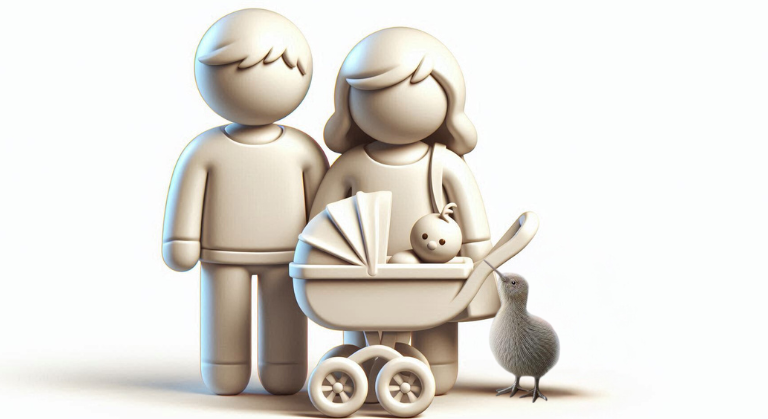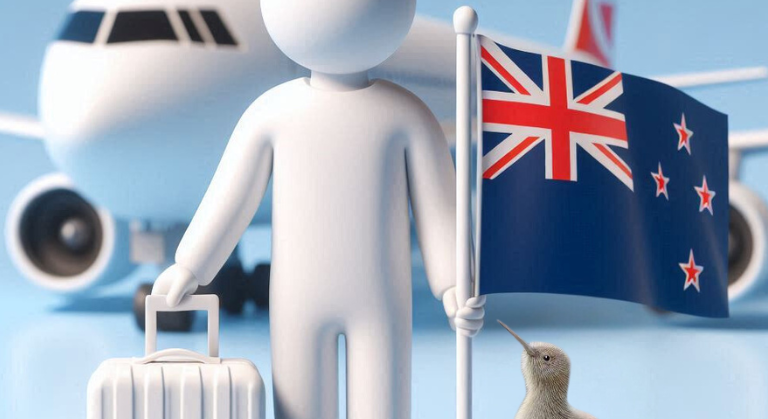Deciding to transfer pension funds from overseas to New Zealand can be a daunting task. For many, it’s not a priority during the initial move, often becoming a consideration only after settling into life in Aotearoa.
However, the process involves a web of complexities, from understanding tax implications to navigating legal requirements.
In this blog, we’ll unpack the journey of transferring your hard-earned pension funds to New Zealand.
With insights from Janet Britz, Senior Financial Advisor at First Capital Financial Services Limited, we’ll explore the steps, challenges, and key factors you need to consider to make informed decisions.
The information in this interview is intended for general informational purposes only and does not constitute financial advice. The content does not consider any individual’s specific circumstances and should not be relied upon as a substitute for qualified financial advice. The views expressed are those of the interviewee, a Financial Adviser at First Capital Financial Services, and do not necessarily reflect the views of Mobile-Relocation. For more information or to view the Public Disclosure Statement for First Capital Financial Services










